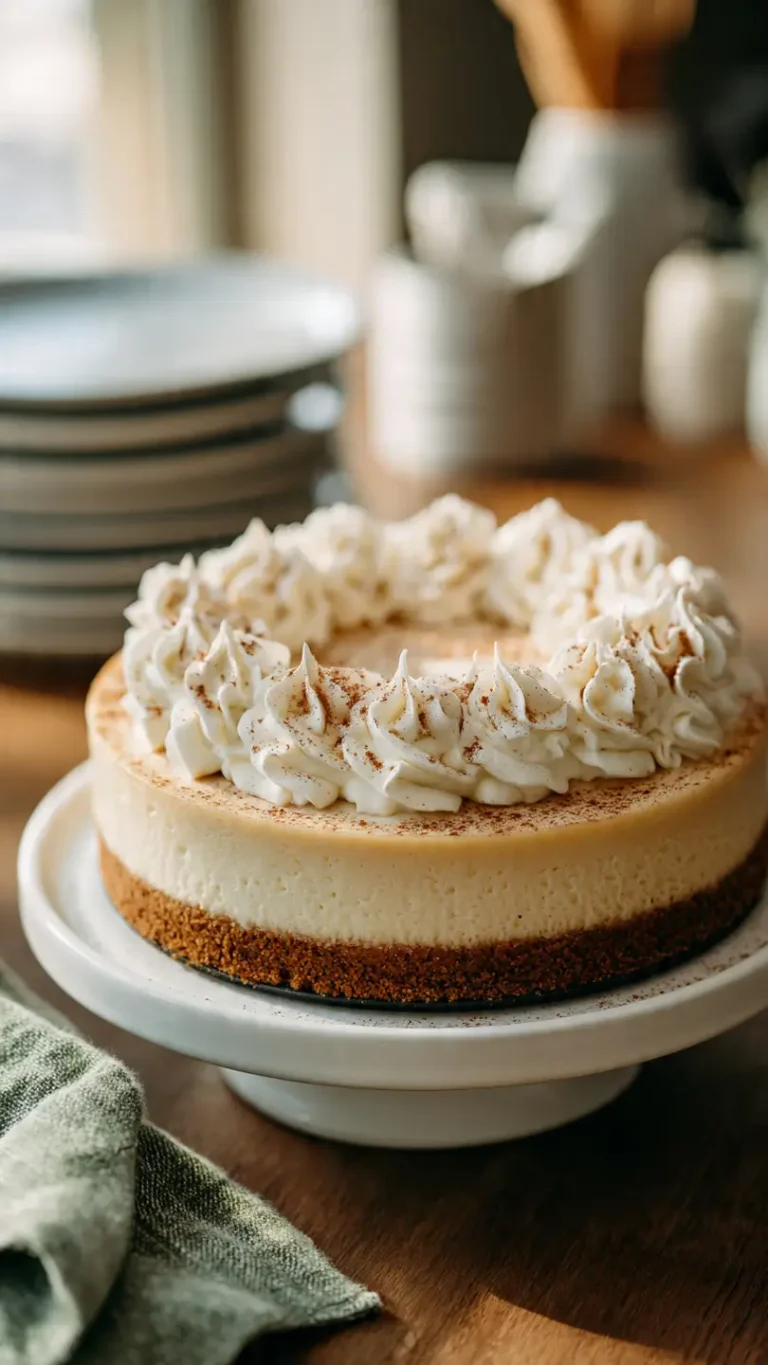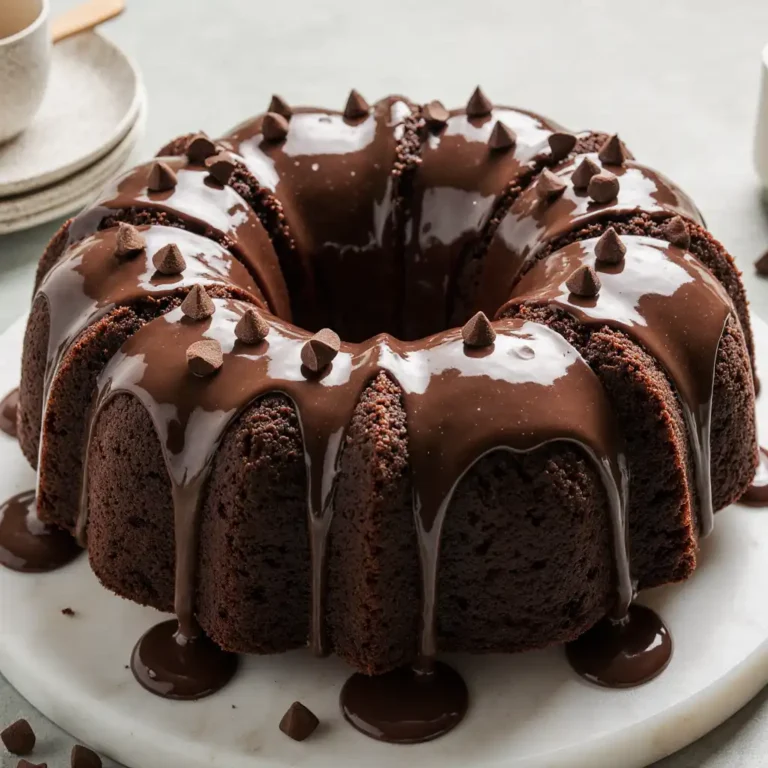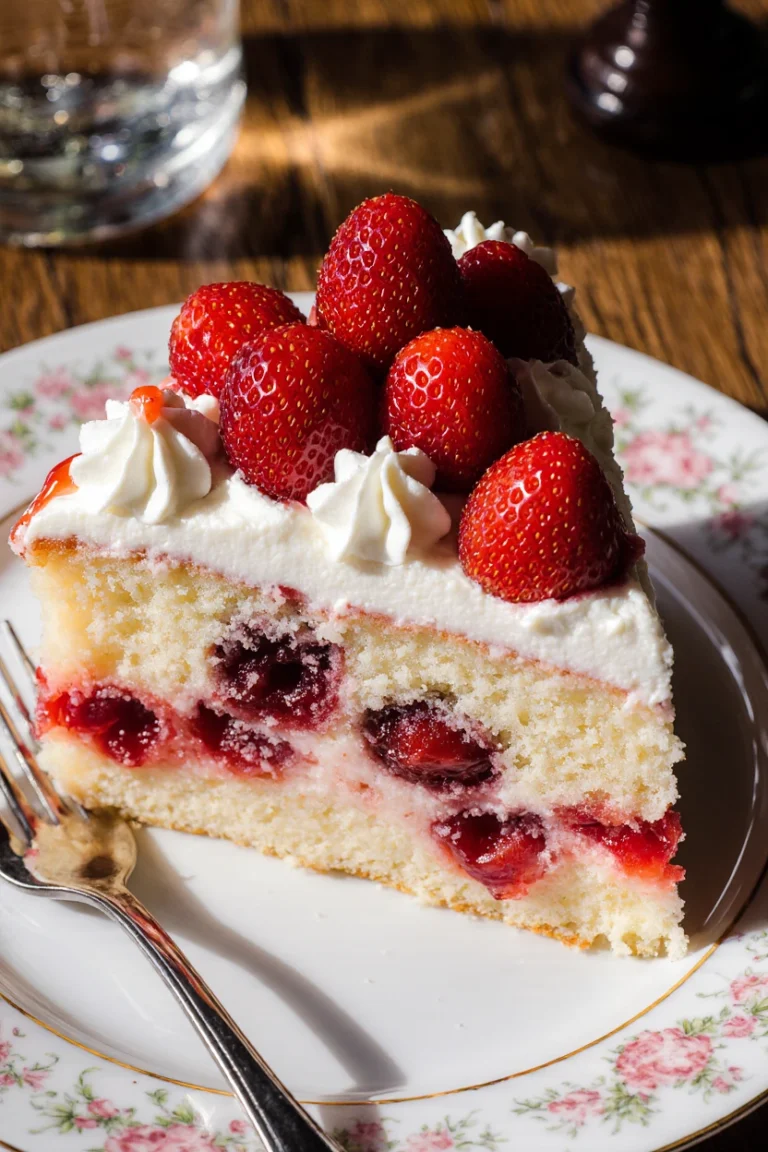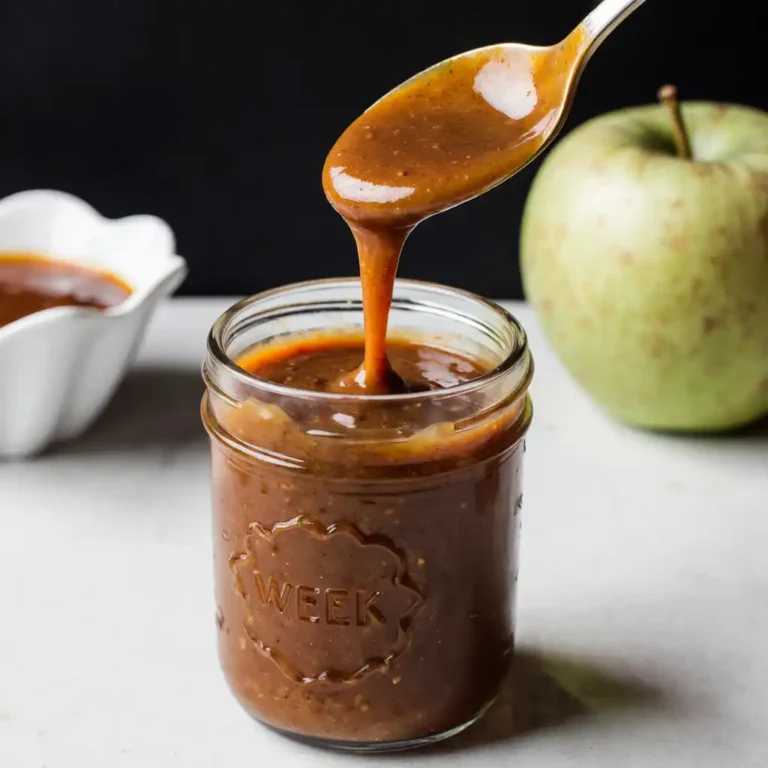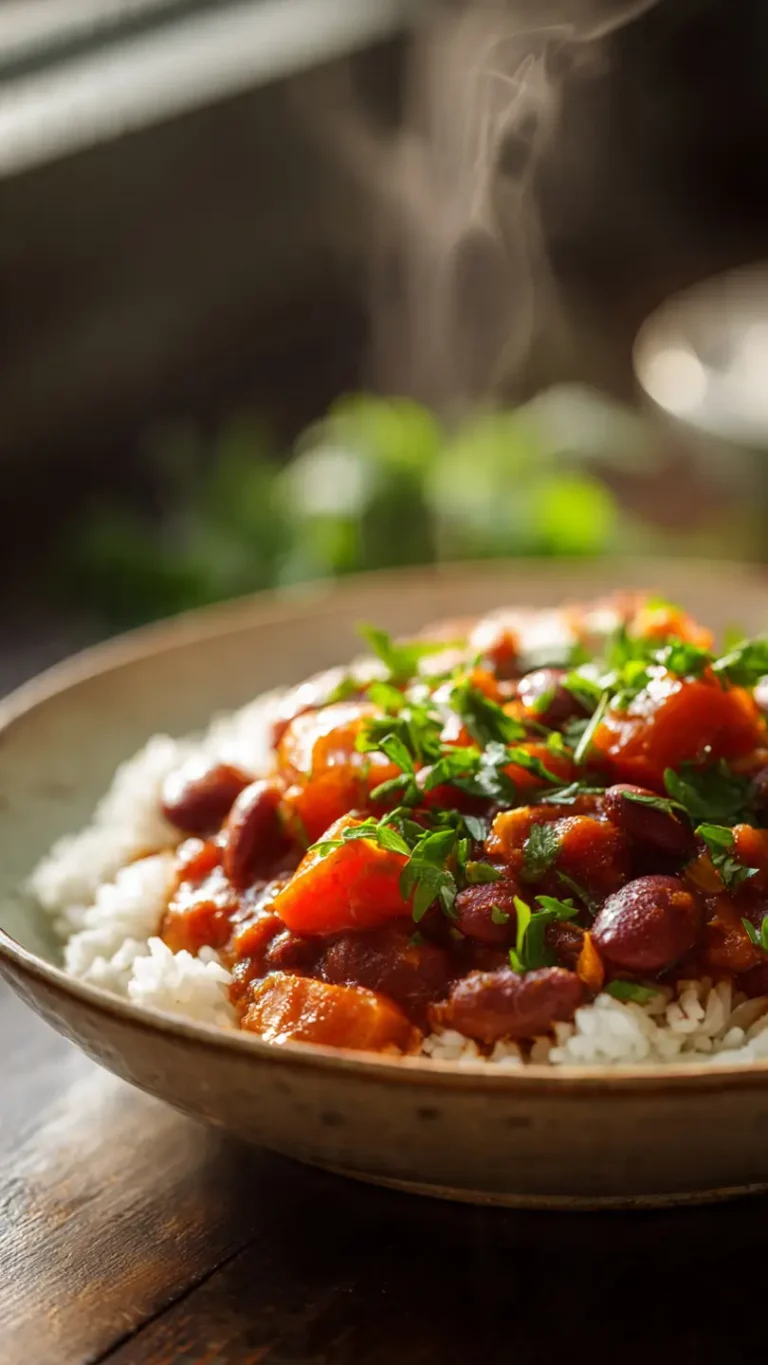Delicious Christmas Fruitcake Recipe for a Perfect Holiday Treat
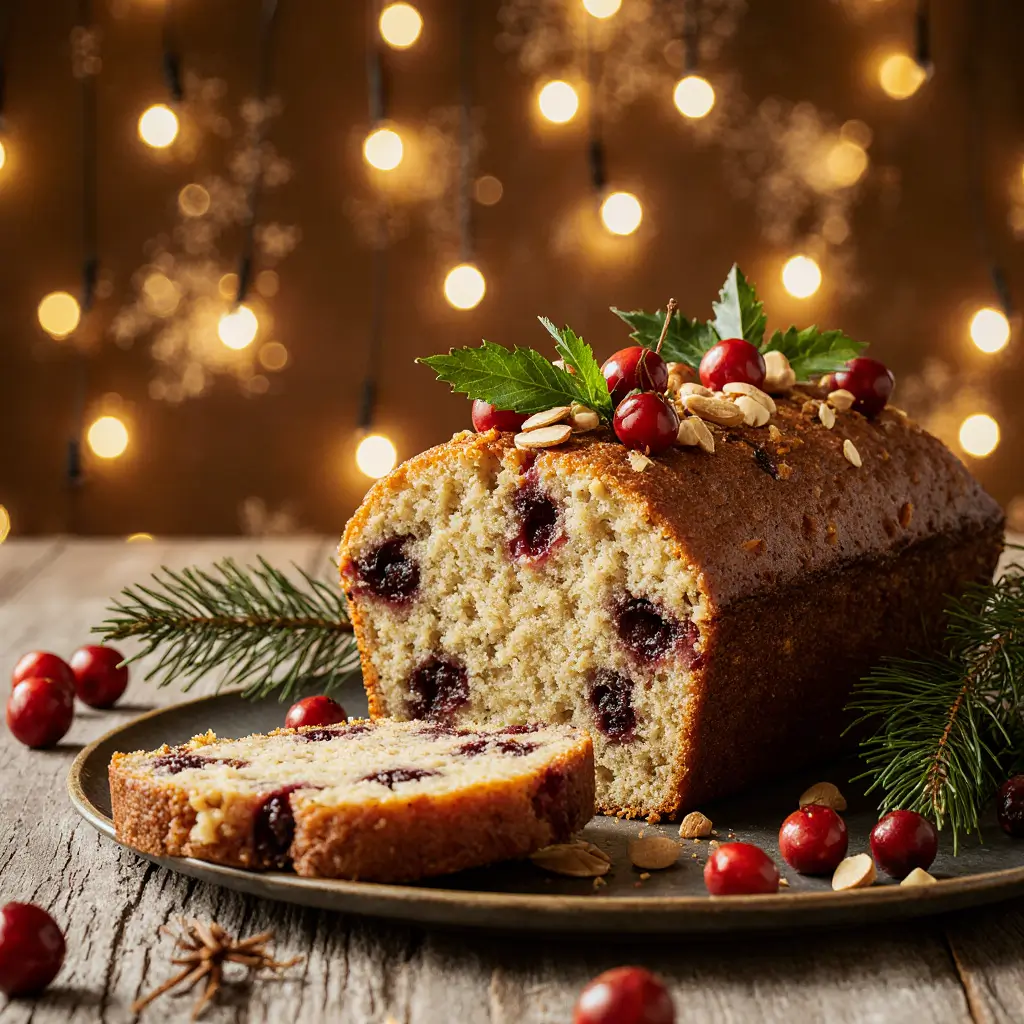
Introduction
Have you ever wondered why Christmas fruitcake has been a holiday staple for centuries, yet many people often shy away from making it at home due to its dense texture or overwhelming sweetness? The truth is, mastering the art of a perfectly balanced, moist, and flavorful fruitcake is easier than you think. This holiday favorite combines a rich mix of dried fruits, nuts, and warm spices, offering a festive burst of flavor that’s truly unmatched. Whether you’re a seasoned baker or attempting fruitcake for the first time, this guide will walk you through everything you need to create a delicious Christmas fruitcake that even skeptics will love.
Ingredients List Christmas fruitcake
Crafting a classic Christmas fruitcake starts with using quality ingredients that bring a harmonious blend of flavors and textures. Here’s the core list, along with some useful substitutions and dietary alternatives:
- Mixed dried fruit (2 cups): Typically includes raisins, currants, chopped dates, and candied peel. For a natural sweetness, try dried apricots or figs.
- Chopped nuts (1 cup): Walnuts, pecans, or almonds add crunch and richness.
- Unsalted butter (1 cup or 2 sticks): For moisture and flavor; substitute with coconut oil for a dairy-free option.
- Brown sugar (1 cup): Adds moistness and deeper sweetness; use coconut sugar as a low-glycemic alternative.
- All-purpose flour (2 cups): The base of the batter; gluten-free flour blends can be used for sensitivity.
- Eggs (3 large): Bind the cake; flax eggs (1 tablespoon flaxseed meal + 3 tablespoons water per egg) work great for vegans.
- Spices (2 teaspoons mixed): Ground cinnamon, nutmeg, and cloves create that warm holiday aroma.
- Baking soda (1 teaspoon): Helps the cake rise without becoming too fluffy.
- Orange juice (½ cup): Adds citrus brightness and moisture; swap with apple juice if preferred.
- Vanilla extract (1 teaspoon): Enhances overall flavor.
Timing
The joy of baking Christmas fruitcake lies not only in its warm aromas but also in the mindful timing that transforms simple ingredients into holiday magic. Here’s a breakdown of what to expect:
- Prep time: Approximately 30 minutes. This includes chopping fruit and nuts, mixing, and prepping your pan.
- Cook time: Around 1 hour and 20 minutes. The cake needs a gentle, slow bake to stay moist and achieve the perfect dense texture.
- Total time: About 1 hour and 50 minutes from start to finish.
The slow baking process encourages rich flavors to blend beautifully, filling your kitchen with a cozy, festive scent that’s hard to resist.
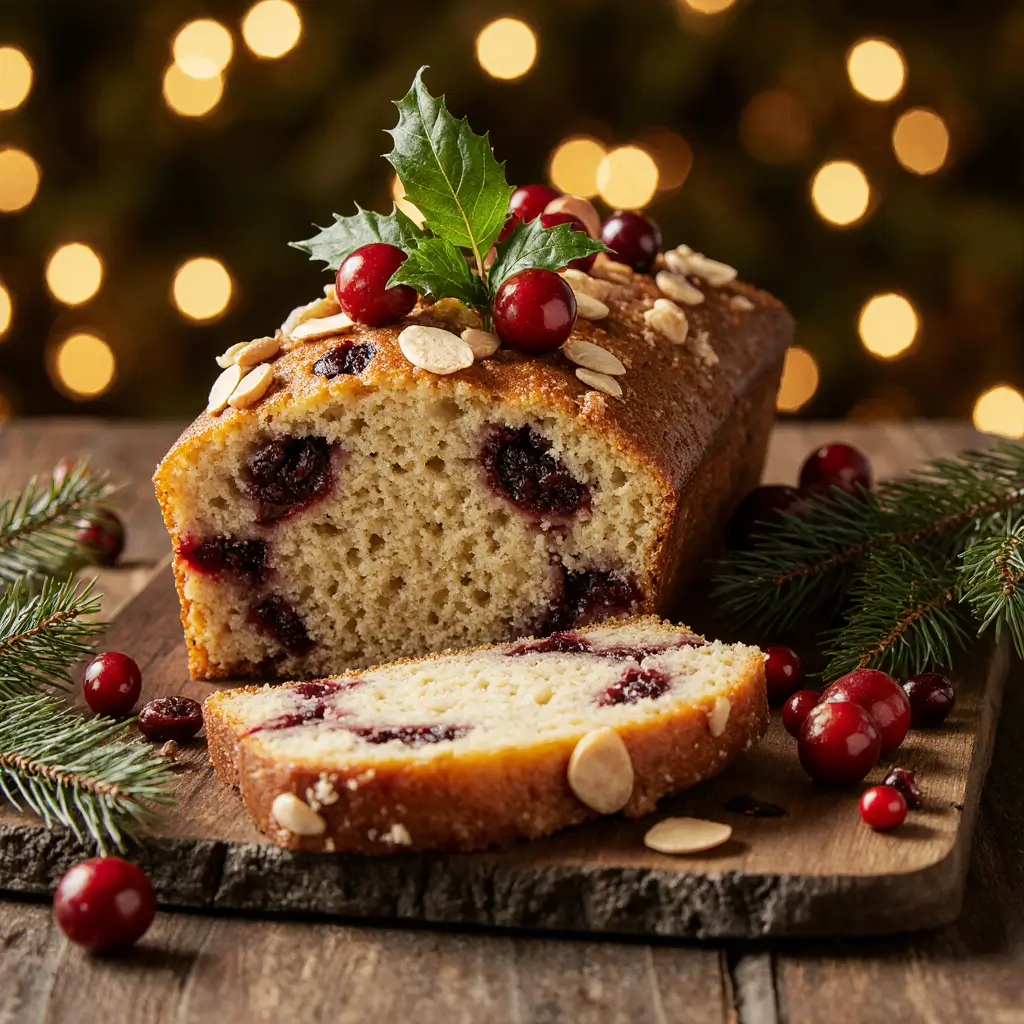
Step-by-Step Instructions
Step 1: Prepare the Fruit Mixture
Begin by soaking your mixed dried fruit in orange juice for at least an hour. This step plumps the fruit, boosting moisture and infusing them with citrus flavor. For an adult twist, you can substitute orange juice with dark rum or brandy, soaking overnight for deeper complexity.
Chef’s Tip: Use a glass bowl and cover it with plastic wrap or a lid to preserve aroma and prevent drying.
Step 2: Mix the Batter
In a large bowl, cream the softened unsalted butter and brown sugar until light and fluffy. Add eggs one at a time, beating well after each addition. Stir in vanilla extract, then gradually fold in the flour mixed with baking soda and ground spices.
Chef’s Tip: Sift your flour and baking soda together first to ensure an even distribution, avoiding dense dry spots.
Step 3: Combine Everything
Gently fold the soaked fruit (with any remaining juice) and chopped nuts into the batter. Take care not to overmix; this helps keep the texture light despite the dense ingredients.
Helpful Alternative: For a nut-free version, replace nuts with extra dried fruit for natural texture.
Step 4: Bake with Care
Preheat your oven to 325°F (165°C). Grease a loaf pan or line it with parchment paper. Spoon the batter into the pan, smoothing the top. Bake for around 80 minutes or until a toothpick inserted in the center comes out clean or with just moist crumbs.
Chef’s Tip: Avoid overbaking, as this dries out the cake. Begin checking at 70 minutes.
Step 5: Cool and Age
Allow the cake to cool in the pan for 15 minutes before transferring to a wire rack. For traditional richness, wrap the cooled fruitcake tightly in cheesecloth soaked in brandy or orange juice and store in an airtight container, aging it for 1 to 2 weeks. This step enhances flavors and moistness.
Nutritional Information
Understanding what you’re indulging in helps keep your holiday treats balanced. Here’s an estimate for one slice (approximately 100g):
- Calories: 320 kcal
- Protein: 4g
- Carbohydrates: 45g (includes 28g sugars)
- Fat: 12g (mostly from nuts and butter)
- Fiber: 3g
- Sodium: 180mg
- Key Nutrients: Vitamin A, Calcium, Iron (from dried fruit and nuts)
Healthier Alternatives
If you want your Christmas fruitcake to be lighter or more nutrient-dense, consider these swaps:
- Use whole wheat flour or a blend with oat flour for added fiber.
- Replace brown sugar with maple syrup or honey to reduce processed sugars.
- Swap butter for Greek yogurt or applesauce to cut down fat content while maintaining moisture.
- Add chia seeds or flaxseeds for omega-3 fatty acids and antioxidants.
- Use unsweetened dried fruits to manage sugar intake.
Serving Suggestions
Serve your festive fruitcake with these enticing ideas that complement the rich flavors:
- A dollop of light whipped cream or mascarpone cheese.
- Serve warm with a drizzle of spiced honey or brandy butter.
- Pair with a hot cup of spiced tea, mulled wine, or dark coffee.
- Garnish with toasted nuts and a dusting of cinnamon or powdered sugar for visual appeal.
- For a seasonal twist, plate alongside fresh winter fruits like pomegranate seeds or orange slices.
Common Mistakes to Avoid
- Skipping the soak: Not soaking dried fruit leads to dry, chewy bites, missing out on vital moisture.
- Overbaking: A fruitcake should be moist and tender, not dry. Check early and cover with foil if browning too fast.
- Overmixing: This can create a tough cake by developing gluten.
- Ignoring aging: Fruitcakes improve with time, so eating immediately may mean missing out on deeper flavors.
Storing Tips
To keep your Christmas fruitcake fresh and flavorful:
- Wrap tightly in plastic wrap or cheesecloth soaked in your choice of liquor or juice.
- Store in an airtight container in a cool, dark place—up to a month.
- Refrigerate if your kitchen is very warm but bring to room temperature before serving for best flavor.
- Freeze slices individually wrapped in parchment and foil for up to 3 months.
Conclusion
Making a truly delightful fruitcake doesn’t have to be a daunting holiday task. By following these easy steps and expert tips, you’ll create a moist, flavorful fruitcake that brings festive cheer to your table. Ready to impress your family and friends? Try this recipe today and share your experience or modifications below!
FAQs
Q1: Can I make fruitcake without alcohol?
Absolutely! Replace soaking liquids like brandy or rum with fruit juices such as orange or apple juice, or even brewed tea for a kid-friendly version.
Q2: How long will my fruitcake last?
Properly stored, fruitcake can last several weeks at room temperature or up to three months when frozen.
Q3: Can I use fresh fruit instead of dried?
Fresh fruit adds moisture but can affect texture and shelf life. It’s best to use dried or candied fruits for stability and flavor concentration.
Q4: What’s the secret to a light fruitcake?
Use well-sifted flour, avoid overmixing, and ensure your eggs and butter are well beaten to incorporate air and balance the dense fruit.
Q5: How do I prevent my fruitcake from becoming too sweet?
Balance the sweetness by using a mix of tart dried fruits like cranberries and limiting sugar content, or incorporating spices that add complexity.
For more festive baking inspiration, check out our guides on Classic Gingerbread Cookies and Holiday Pumpkin Bread. Don’t forget to subscribe to our newsletter for weekly recipes and holiday cooking tips!

